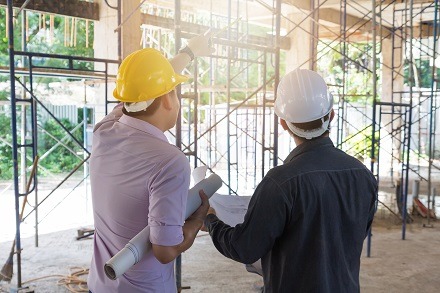Between April and July, the government consulted on the policy design of the new Residential Property Developer Tax (RPDT) legislation. Having closed this policy consultation, it has now moved on to the technical consultation on RPDT, ahead of its inclusion in the 2021/22 Finance Bill. Views are welcome until the 15 October and the final tax design will be included in the Autumn Budget on 27 October.
Concerns had been raised around the definition of residential property – and the possible inclusion of student accommodation and retirement homes – and associated activities.
The latest draft legislation attempts to clarify both points. RPDT is expected to be charged on residential property development profits of a residential property developer, on or in connection with UK land or property in which the developer has an interest.
Residential Property Development activities falling within the scope of the tax include:
- dealing in residential property;
- designing it;
- seeking planning permission in relation to it;
- constructing or adapting it;
- marketing it;
- managing it;
- any activities ancillary to any of these other activities
“Residential property” means a building designed, constructed or adapted for use as a dwelling, garden or grounds of a building, an interest or right over land or land over which planning permission is sought. Exclusions include residential homes for children, personal care homes, residential accommodation for armed forces, emergency services, hospital staff, hospice, temporary shelter accommodation, prisons, hotels or inns, religious accommodations or student accommodation.
The RDPT will apply to accounting periods ending on or after 1 April 2022. For those with accounting periods that straddle that date, the periods before and after 1 April 2022 are to be treated as separate accounting periods and the amounts apportioned on a time basis.
The draft legislation also includes anti-forestalling measures on accelerating profits using any arrangements entered into on or after 29 April 2021 where the main purpose is to secure a tax advantage.
As yet the rate of tax has yet to be announced and this is expected at the Budget on 27 October.
Richard Coombs, Tax Partner at Bates Weston comments:
“The Government’s rationale for the introduction of the new tax is that the financial burden of dealing with unsafe cladding and related safety issues in the aftermath of Grenfell should fall on residential property developers. This is therefore somewhat of a blunt instrument given that those responsible for installing such cladding are a much smaller number. It is purported to be a time-limited 10 year tax charge, by which time the Government hope to have raised c.£2bn. This seems an ambitious target but without knowing the tax rate yet its impact on the building market is impossible to predict.
What is clear though is that the legislation is only aimed at companies and therefore sole traders and partnerships (including LLPs) will be exempt. It seems as though the Government are therefore aiming this at large housebuilders and developers who will be unable to alter their legal structure, whereas small scale developers are far more likely to be able to structure their next development via a more tax efficient vehicle in order to avoid the charge. Changes in tax almost always lead to changes in behaviour and therefore it will be interesting to see how the industry adapts to the new tax charge.”
Related content: Blog on Residential Property Tax 19 Aug 2021 Craig Simpson

